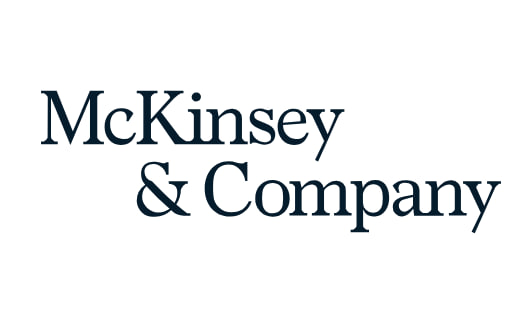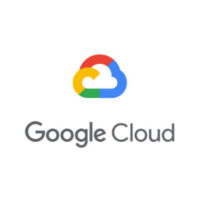McKinsey - Generative AI

McKinsey
McKinsey Our firm is designed to operate as one—a single global partnership united by a strong set of values. We are equally committed to both sides of our mission: attracting and developing a talented and diverse group of colleagues and helping our clients create meaningful and lasting change.
From the C-suite to the front line, we partner with clients to help them innovate more sustainably, achieve lasting gains in performance, and build workforces that will thrive for this generation and the next.
We are dedicated to managing our firm and working with our clients in ways that benefit individuals, communities, and the environments they live in.
Generative artificial intelligence (AI) describes algorithms (such as ChatGPT) that can be used to create new content, including audio, code, images, text, simulations, and videos. Recent breakthroughs in the field have the potential to drastically change the way we approach content creation.
In the months and years since ChatGPT burst on the scene in November 2022, generative AI (gen AI) has come a long way. Every month sees the launch of new tools, rules, or iterative technological advancements. While many have reacted to ChatGPT (and AI and machine learning more broadly) with fear, machine learning clearly has the potential for good. In the years since its wide deployment, machine learning has demonstrated impact in a number of industries, accomplishing things like medical imaging analysis and high-resolution weather forecasts. A 2022 McKinsey survey shows that AI adoption has more than doubled over the past five years, and investment in AI is increasing apace. It’s clear that generative AI tools like ChatGPT (the GPT stands for generative pretrained transformer) and image generator DALL-E (its name a mashup of the surrealist artist Salvador Dalí and the lovable Pixar robot WALL-E) have the potential to change how a range of jobs are performed. The full scope of that impact, though, is still unknown—as are the risks.




